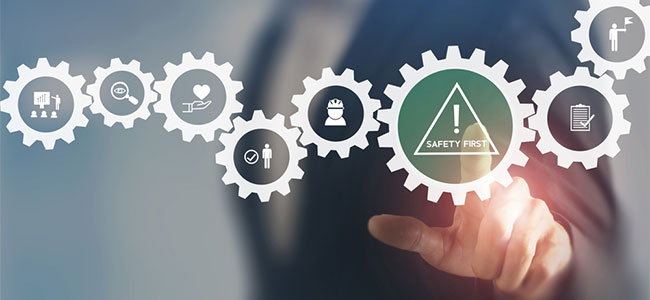
The new standard becomes effective on Jan. 1, 2024.
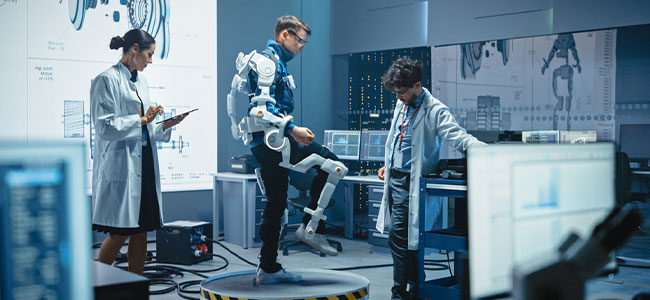
Exoskeletons, once only seen in the realm of science fiction, have broken into our workplaces with a promise of a safer, more efficient and sustainable future of work.
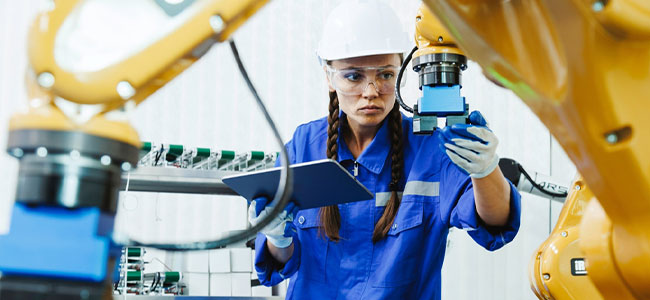
While machines at their core, cobots represent a distinct chapter in robotic evolution, fusing mechanical prowess and interpersonal functionality.

Even organizations with safety measures in place can find standards slipping and procedures being ignored. Here’s why this happens and how to prevent it.

Enhancing safety measures is crucial in healthcare and education to protect essential workers and address rising safety concerns that contribute to high turnover rates.
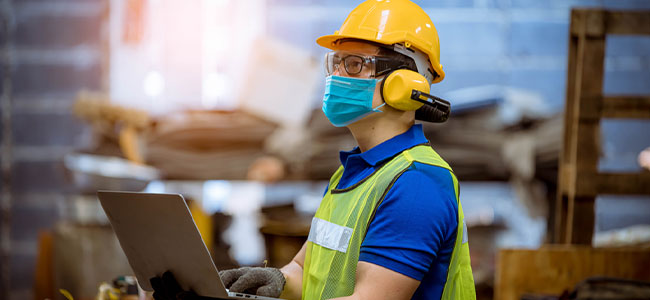
Let's explore best practices in industrial hygiene, with a focus on OSHA's role in regulating and promoting workplace safety.
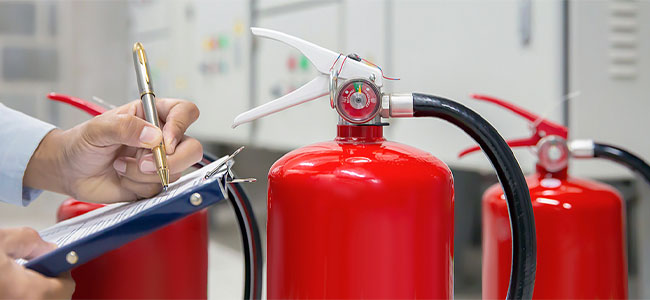
The most consistent violations during inspections relate to fire extinguisher annual service and inspection. Here's what safety professionals need to know.
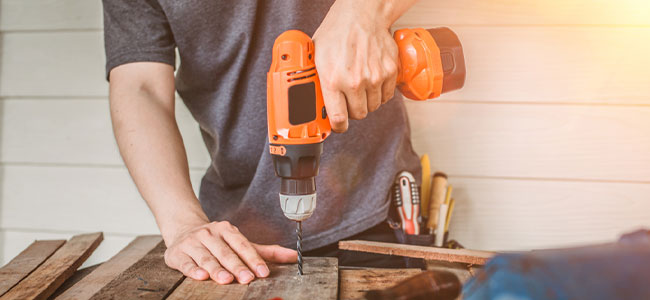
Here are three crucial things electrical contractors must know about how to safely work with their power tool batteries.

To truly “work to zero,” businesses must focus on creating and nurturing a culture of safety, and thankfully, advanced next-generation technologies can help.
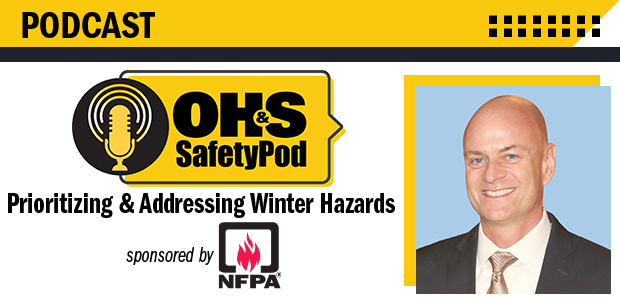
As winter weather starts to roll in, employers must ensure they’re keeping workers safe from seasonal hazards. What the top winter hazards and how can safety professionals address them?

The global pollution crisis mandates that people, particularly workers, should take responsibility for mitigating the harmful impact of air pollution on their bodies, especially the respiratory system.
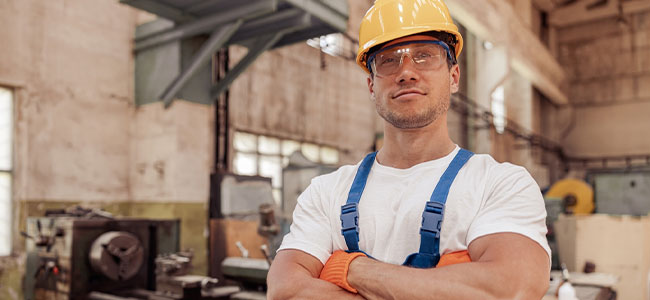
As businesses aim to bolster their safety records and promote worker health, they should contemplate integrating the principles of the industrial athlete program into their health and safety protocols.
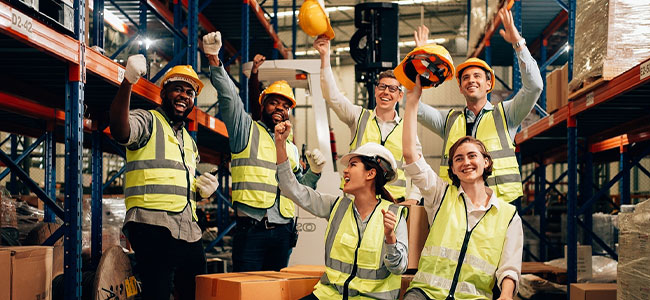
Workplace safety fosters a secure, innovative environment where equipped employees can thrive both physically and mentally.

Panic button devices are synonymous with emergency help or immediate action, but this concept has evolved into a tool for the occupational health and safety of employees in sectors such as healthcare or hotels and hospitality.
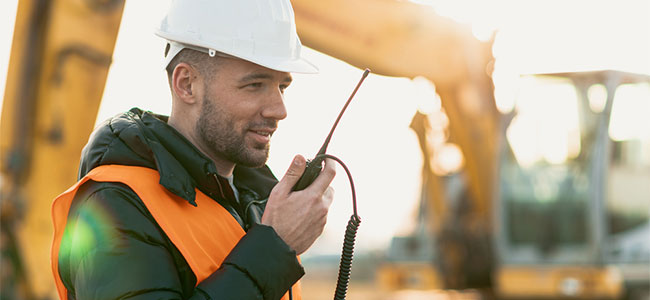
Construction crews need to be able to communicate instantly, and on a job site, the best way to instantly communicate is through two-way radios.
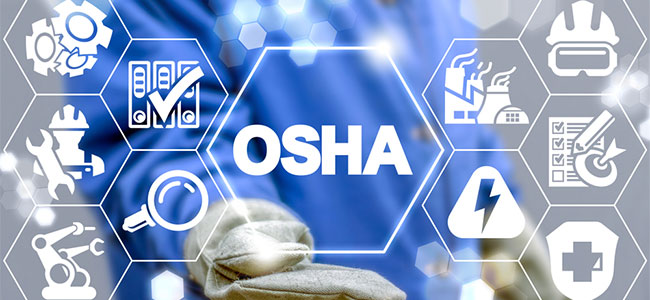
Let’s review each standard and OSHA’s guidelines and requirements as we discuss this year’s list.

PPE for Construction Jobsites needs to incorporate new innovations in order to address all causes of traumatic brain injuries.

Women are becoming a much larger part of the manufacturing industry. Are industry suppliers ready to outfit and protect this growing segment of the workforce?
This is a tale of — and lesson from — two stellar professionals who each achieve extraordinary results in safety by enlisting out-of-the-ordinary methods.
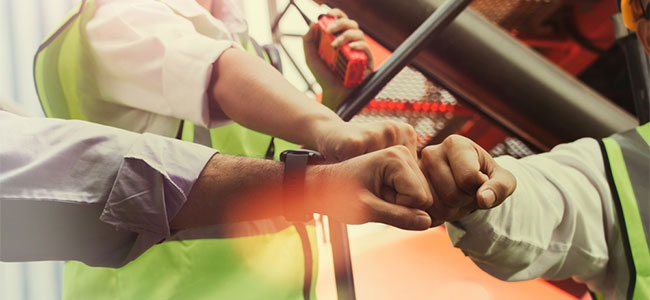
To improve safety culture, help employees find their motivation to stay safe.